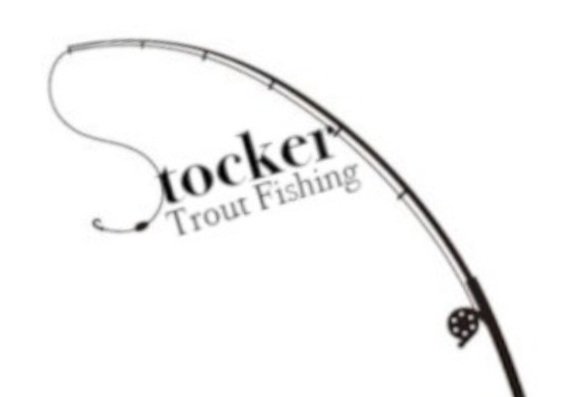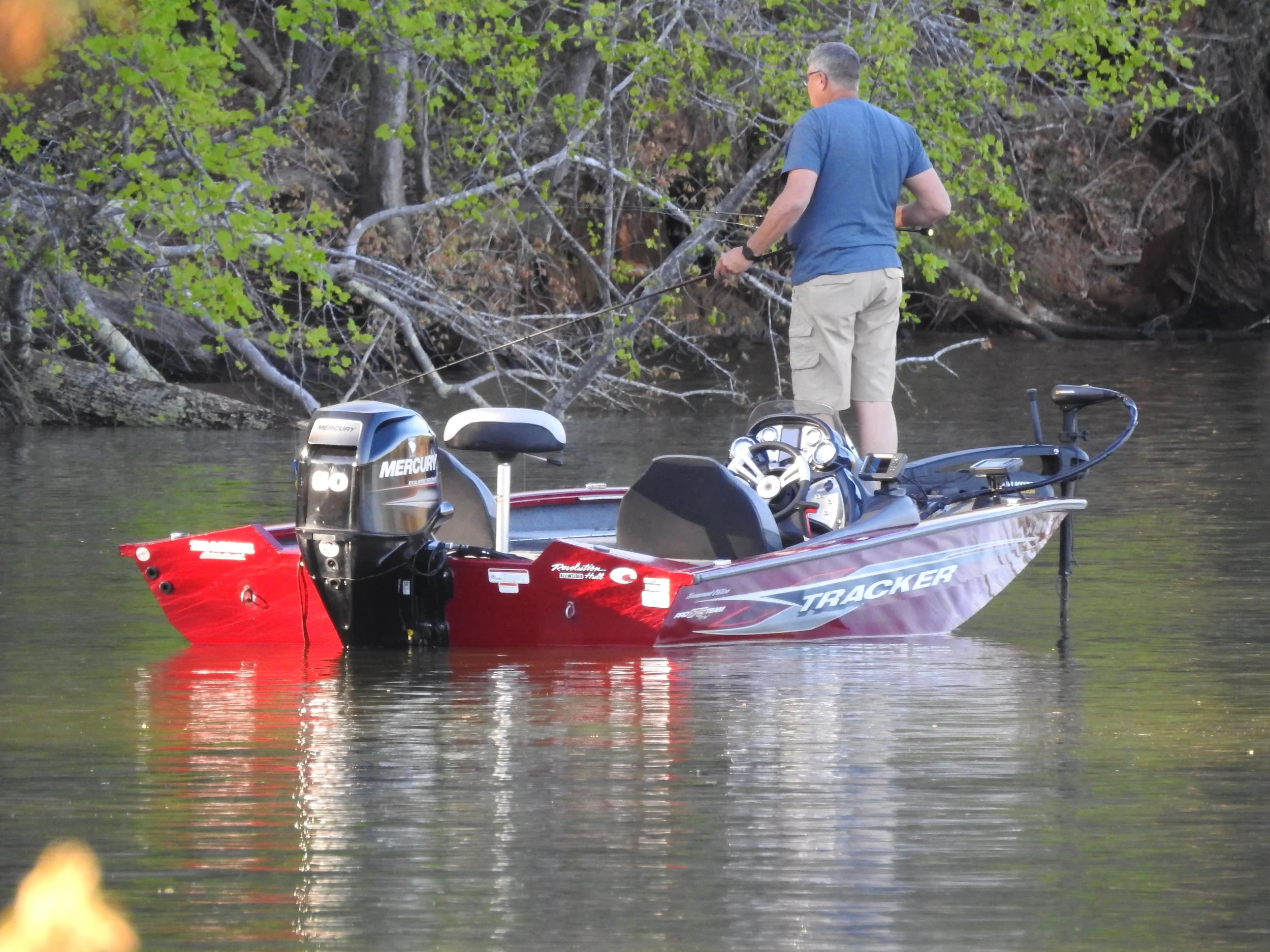Top Tips for Boat Fly Fishing - Experience Drift Boat Fly Fishing Like a Pro
Fly fishing from a drift boat is an incredible experience, whether you're on a lake, river, or exploring the flats. Seasoned fly fishermen often get excited and forget some essential fishing drift boat techniques. Here are some key rules to remember for a successful boat fly fishing adventure.
Cast Across the Boat
When fly fishing from a drift boat, always cast across the boat whenever possible. This minimizes the chances of hooking someone on board. Following this rule will keep everyone safe and maintain a friendly atmosphere during your fishing drift.
Manage Your Anchor
Remembering your anchor is crucial for boat fly fishing. Learn to control your fish and avoid panicking when it gets close to the anchor line. A double anchor system is beneficial when fly fishing on a lake, as it helps maintain the boat's position and reduces the likelihood of violating the "cast across the boat" rule.
Respect Each Other's Fishing Space
Divide the fishing area equally between the front and back of the boat. Avoid casting into another angler's zone to prevent tangled lines or scaring away fish. Some people might get jealous that the person in the front is catch more fish, and you may run into an issue they they start to try to cast in front of you, which starts a bad situation.. Better make sure your hooks are de-barbed or choose better friends!
Use a Proper Net
Selecting and using the right net is an essential aspect of drift boat fly fishing. A proper net can improve your catch rate, protect the fish you release, and prevent mishaps during the landing process. Here are some important factors to consider when choosing and using a proper net for drift boat fly fishing:
Net Material: Choose a net with a rubber or cotton basket, as these materials are gentle on the fish and reduce the risk of damaging their scales or removing their protective slime. Rubber nets are increasingly popular due to their durability, ease of use, and minimal impact on the fish's health.
Handle Length: A net with a long handle is ideal for drift boat fly fishing, as it allows you to reach further and increases the chances of successfully landing the fish. Extendable handles can be a great option, as they offer flexibility and adaptability to different situations.
Net Size: Select a net with a size that is suitable for the fish species you are targeting. A larger net may be necessary for bigger fish, while a smaller net is more suitable for delicate species or smaller bodies of water.
Floating Capability: A net that floats is highly beneficial in drift boat fly fishing, as it reduces the risk of losing the net if it accidentally falls overboard. Some nets come with built-in flotation devices, while others can be easily modified with aftermarket flotation attachments.
Landing Technique: When using a net in drift boat fly fishing, proper technique is crucial. The person handling the net should place the basket in the water before the angler guides the fish towards it. This approach helps to prevent scaring the fish and ensures a smoother landing process. Avoid making sudden or aggressive movements with the net, as this can startle the fish and make it more difficult to land.
Net Storage: Ensure your net is stored securely yet easily accessible on your drift boat. Many fly fishing boats have specific net storage compartments or holders that keep the net out of the way when not in use but within reach when needed.
Maintenance: Regularly inspect your net for signs of wear or damage, and replace it when necessary. Clean the net after each use to remove debris and keep it in good condition. Taking care of your net will prolong its life and ensure it remains effective for drift boat fly fishing.
De-barb Your Hooks
De-barbing hooks is an important safety measure in drift boat fly fishing, as it significantly reduces the risk of injury to both anglers and fish. When hooks are de-barbed, they are easier to remove from the fish or from clothing and skin in case of accidental hooking. Here is a more detailed look at the benefits and process of de-barbing your hooks.
Benefits of De-Barbing Hooks
Safety: De-barbed hooks are much safer for anglers, as they reduce the chances of serious injury when handling fish or when accidentally hooking oneself or another angler.
Fish Health: De-barbing hooks is beneficial for catch-and-release fishing, as it reduces the potential harm to the fish. De-barbed hooks cause less damage to the fish's mouth and can be removed more easily, resulting in less stress and a higher survival rate upon release.
Easier Unhooking: De-barbed hooks are easier to remove from both fish and other objects, such as clothing, gear, or vegetation. This can save time and minimize the risk of losing a fish during the unhooking process.
Improved Fishing Etiquette: Using de-barbed hooks demonstrates responsible fishing practices and consideration for fellow anglers, especially when fly fishing in a drift boat with multiple people on board.
How to De-Barb Hooks
De-barbing hooks is a simple process that can be done with a few basic tools. Here's how:
Select the right tool: Needle-nose pliers or small flat-nose pliers are ideal for de-barbing hooks. Some anglers also use hemostats, which are versatile and can be used for other tasks, such as removing hooks or holding small items.
Locate the barb: Examine the hook and find the barb, which is a small, backward-pointing projection near the hook's point. The barb is designed to prevent the hook from sliding out of the fish's mouth once it has been hooked.
Crush the barb: Use the pliers to grip the barb firmly and apply pressure to flatten it against the hook's shank. Be careful not to apply too much force, as this can weaken or break the hook. Some hooks may require more pressure than others, depending on the size and material.
Check the hook: After crushing the barb, carefully run your finger over the hook's point to ensure the barb has been fully flattened and that no sharp edges remain. If necessary, use a fine file or sandpaper to smooth out any rough spots.
Repeat for all hooks: De-barb all hooks before you begin your drift boat fly fishing trip to ensure a safe and enjoyable experience for everyone on board.
Wear Foot Protection
Wear suitable footwear in the boat to protect your feet from sharp edges, hooks, and knives. Foot injuries can end your fishing trip prematurely, so be cautious and remember to apply sunscreen if wearing open shoes or sandals.
Less Clutter, More Success
Minimize clutter inside the boat to reduce the chances of tripping or snagging your fly line. Avoid bringing unnecessary gear and ensure everything has its place. A minimalist and functional design for your fly fishing boat will make your experience more enjoyable and efficient.


